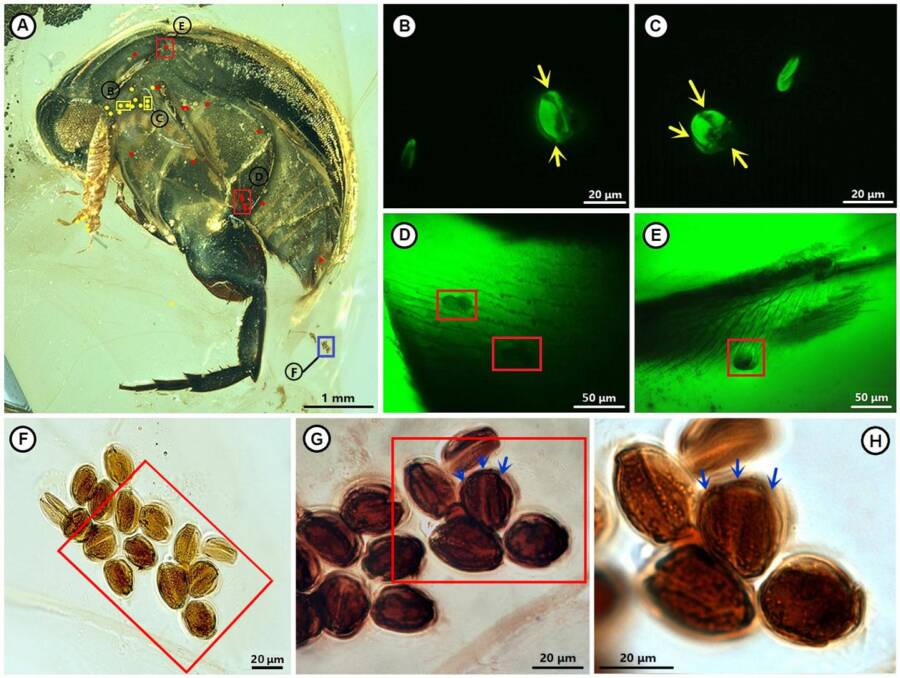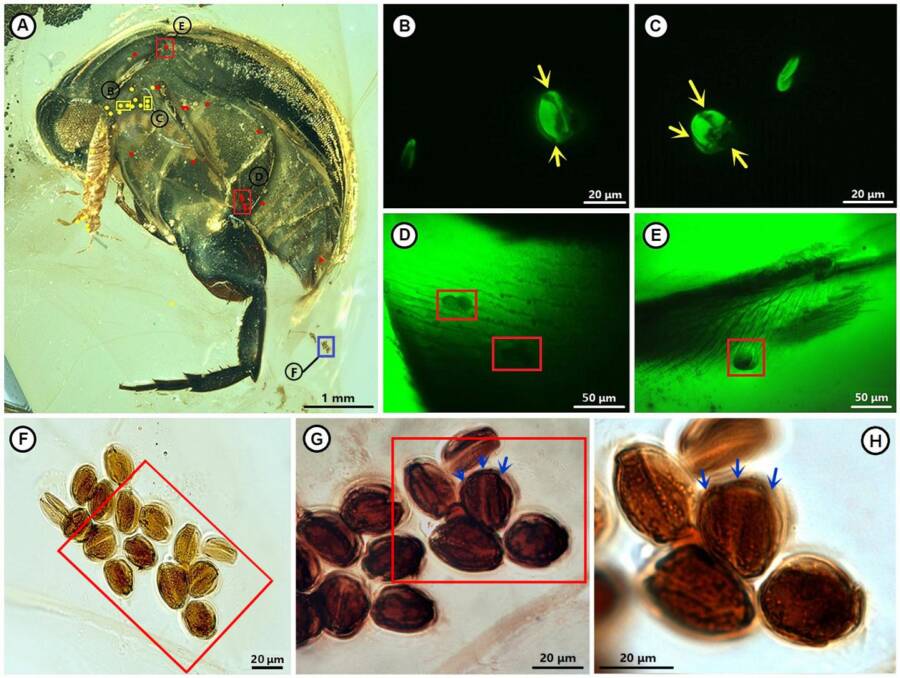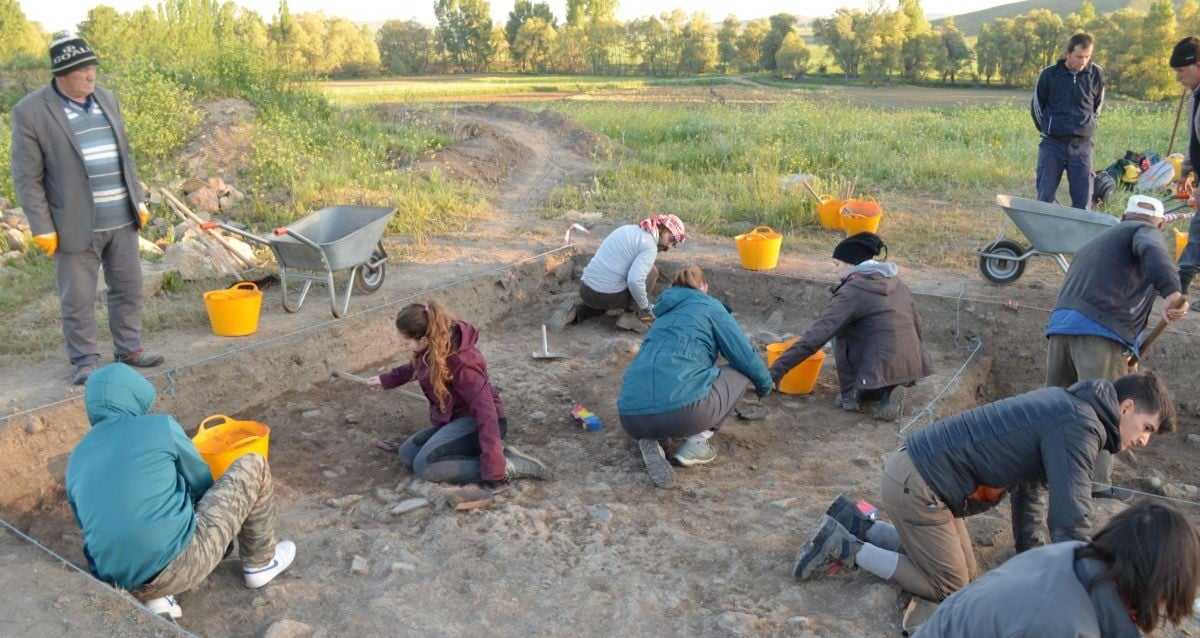“Unlocking Ancient Secrets: Fossilized Beetle Reveals Surprising Role in Earth’s First Pollination 99 Million Years Ago!”
The A. burmitina is also covered in fine hairs and has appendages near its mouth that carried and distributed pollen wherever it went, just like its modern-day relatives.
Researchers, led by Wang Bo from the Nanjing Institute of Geology and Palaeontology of the Chinese Academy of Sciences, used various high-tech tools to examine the tiny bug and the 62 grains of pollen that covered the beetle’s legs, abdomen, and thorax.
The team used optical microscopy, confocal laser scanning microscopy, and X-ray microcomputed tomography to reveal the micro details of the beetle and pollen. While researchers found it difficult to determine the exact plant from which the pollen came from, they believe the flower grains came from flowering plants of the eudicot group, which include many modern-day species of trees.
According to Dilcher, the pollen’s size, clumping, and “ornamentation” suggest the plant that produced the pollen found on the beetle evolved so that it could be dispersed through contact with insects.

David Dilcher et alMicro scans of the tiny beetle and the grains of pollen found on its body.
“This is the earliest direct evidence of insect pollination of angiosperms,” the study noted, referring to the breed of plants that produce flowers and pollen. Angiosperms originated roughly 250 million years ago, and they are the most diverse group of land plants with 300,000 known species.
Ancient fossils in Burmese amber have been a crucial tool for scientists to unlock the mysteries of our Earth’s past.













